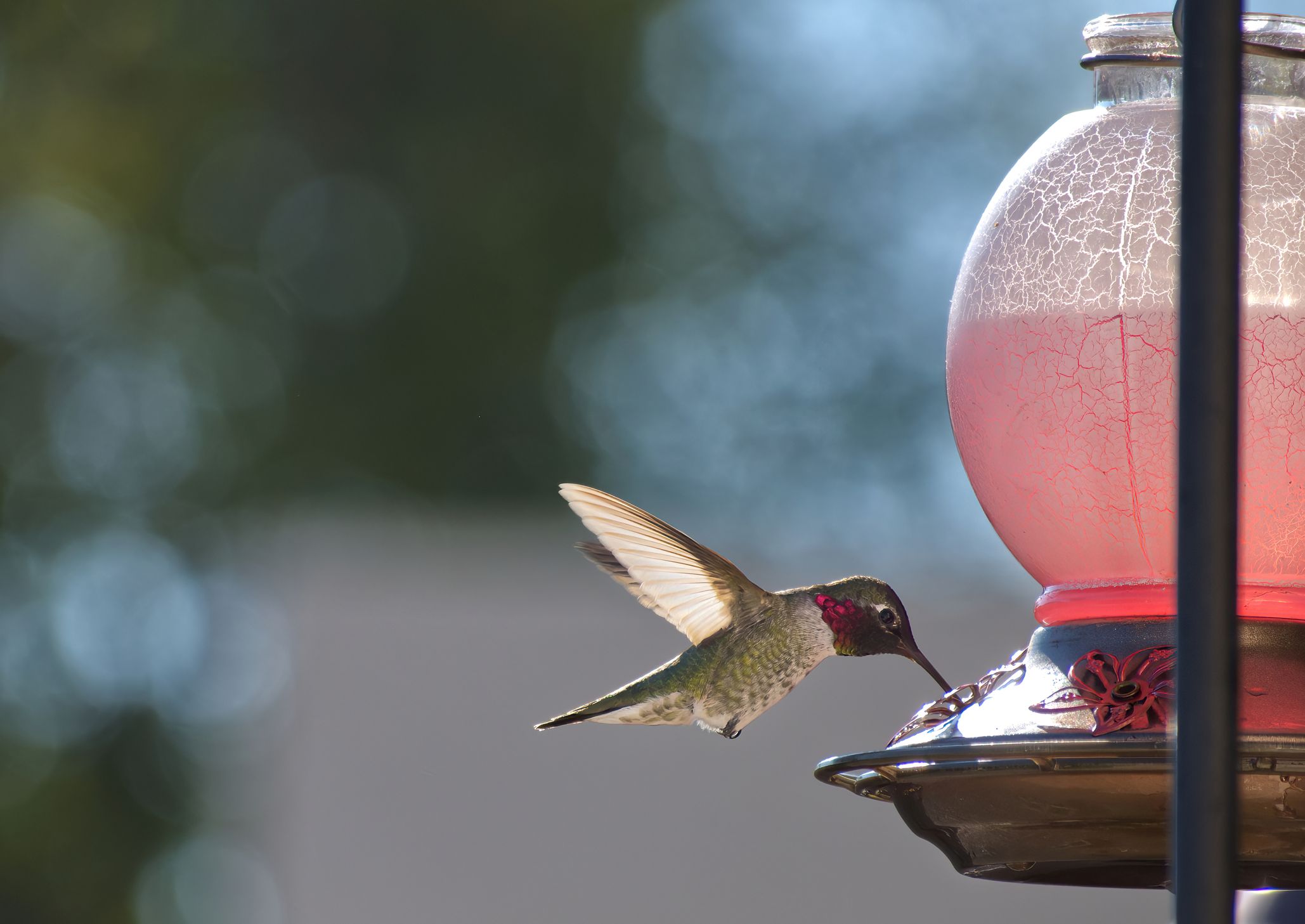Hummingbirds Are Evolving to Adapt to Life With Humans
Hummingbirds Are Evolving to Adapt to Life With Humans
Hummingbirds, known for their small size and incredible agility, are also showing signs of adaptation to the presence of humans in…

Hummingbirds Are Evolving to Adapt to Life With Humans
Hummingbirds, known for their small size and incredible agility, are also showing signs of adaptation to the presence of humans in their environment. Researchers have observed changes in behavior and physiology that suggest these tiny birds are evolving to better cope with living in urban and suburban areas.
One notable change is in their diet. Hummingbirds have traditionally relied on flower nectar as their primary food source, but they are now also feeding on artificial nectar from hummingbird feeders commonly found in residential areas. This shift in diet could be a response to the declining availability of natural nectar sources due to habitat loss.
Furthermore, hummingbirds are becoming more tolerant of human presence, often seen perching on feeders or even interacting with people in close proximity. This could be a result of their increased exposure to humans and their ability to recognize them as a potential food source.
In addition to changes in behavior, hummingbirds are also displaying physical adaptations that may be beneficial for survival in human-dominated environments. Some studies have suggested that urban hummingbirds have longer bills and wings compared to their wild counterparts, which could help them access food more easily and navigate through urban landscapes.
Overall, the evolution of hummingbirds to adapt to life with humans highlights the incredible resilience and flexibility of these remarkable creatures. By studying these adaptations, scientists can gain valuable insights into how wildlife species are responding to anthropogenic changes and inform conservation efforts to protect these charismatic birds for future generations.




